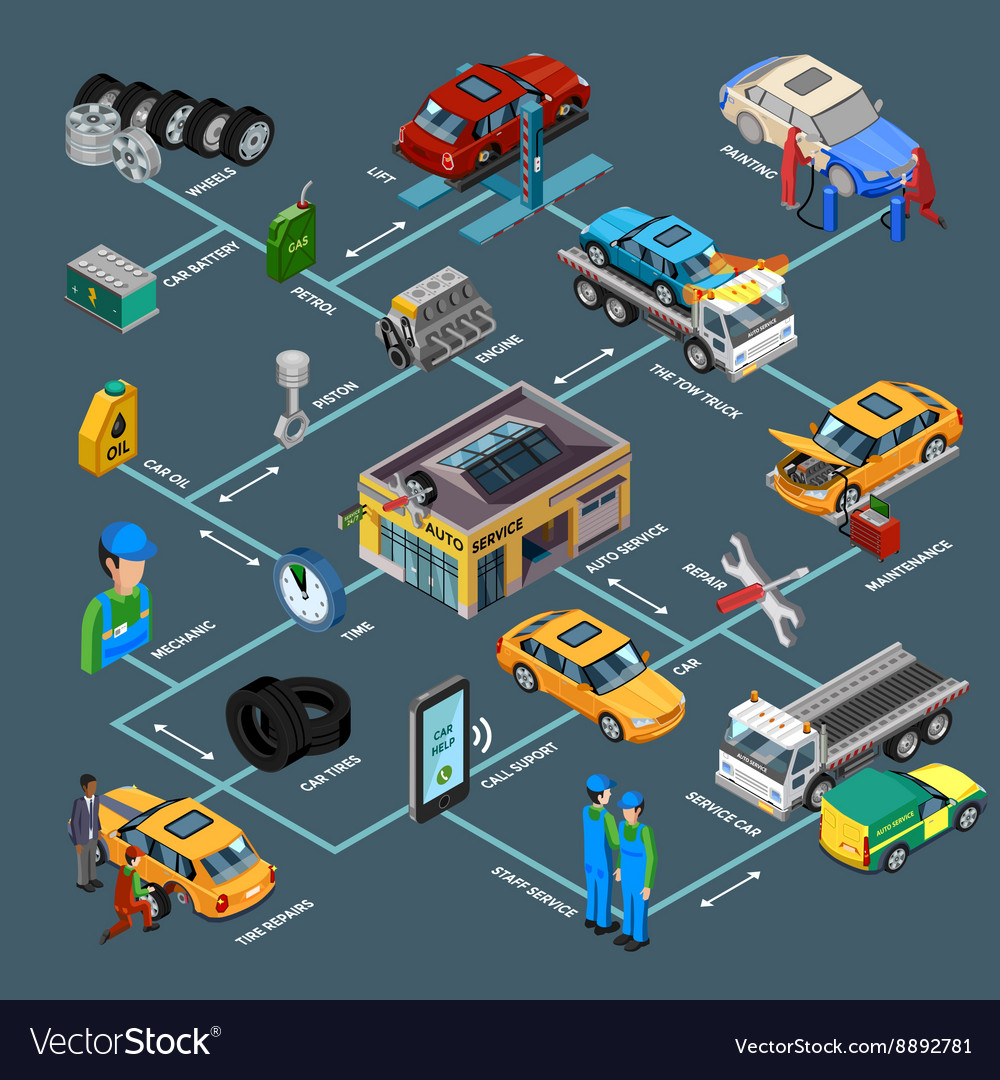However, What Can Be Done Concerning Squishy Brake Pedals? Find The Solution Outlined Listed Below!
However, What Can Be Done Concerning Squishy Brake Pedals? Find The Solution Outlined Listed Below!
Blog Article
Material Composed By-Flynn Murray
When it pertains to your lorry's brake system, comprehending typical issues can save you from possible safety threats. From identifying brake pad wear to dealing with brake liquid leaks, knowing exactly how to tackle these issues is essential. But what concerning those spongy brake pedals? There's a repair for that too. Keep tuned to find out more concerning these issues and the useful services that can maintain you securely when driving.
Brake Pad Use and Substitute
When it comes to maintaining your car's brake system, one important element to watch on is the wear and replacement of brake pads. Brake pads are necessary parts that press versus the brake rotors to reduce or quit your car. Gradually, these pads wear down due to friction, requiring regular inspection and substitute to ensure your brakes function successfully.
To establish if your brake pads require replacement, pay attention for screeching or grinding sounds when you apply the brakes. Furthermore, if your automobile takes longer to stop or you notice resonances or pulsations when braking, it might be time to change the brake pads.
Overlooking used brake pads can bring about lowered braking performance, damage to other brake parts, or perhaps brake failure.
Replacing brake pads is a relatively straightforward process for many automobiles. However, if you're unclear or uncomfortable performing this job, it's best to get in touch with a professional technician to make certain appropriate setup and ideal brake efficiency.
On a regular basis examining and replacing brake pads is crucial for your security and the longevity of your vehicle's braking system.
Brake Fluid Leaks and Upkeep
To ensure your car's brake system operates ideally, it is very important to additionally pay attention to brake fluid leaks and upkeep. Brake fluid is crucial for transferring the force from your foot on the brake pedal to the real stopping system. One usual problem with brake liquid is leaks, which can happen due to deteriorated brake lines, seals, or links. If you see a pool or drips under your vehicle, it's necessary to address the leakage without delay to stop a possible brake failure.
https://car-brakes-near-me95162.tkzblog.com/29756197/explore-the-considerable-inquiries-to-ask-when-picking-a-car-repair-shop-to-assure-quality-solution-and-transparency-your-vehicle-should-have-absolutely-nothing-less-than-the-most-effective inspecting your brake fluid level is essential to preserving your brake system. Reduced brake liquid can lead to air going into the brake lines, which jeopardizes braking efficiency.
Furthermore, https://www.globenewswire.com/en/news-release/2022/01/03/2360341/0/en/Automotive-Aftermarket-Size-to-Hit-US-950-1-Billion-by-2027.html or infected brake liquid can affect the general effectiveness of your brakes. It's recommended to comply with the manufacturer's guidelines on when to alter the brake fluid, generally every 2 years.
Spongy Brake Pedal: Blood Loss Brakes
If you have actually ever before experienced a squishy brake pedal while driving, you understand the importance of keeping a firm and responsive braking system. One usual reason for a squishy brake pedal is air trapped in the brake lines. When air enters the brake system, it can cause a loss of hydraulic stress, causing that upsetting squishy feeling when you press the brake pedal.
To solve Go At this site , hemorrhaging the brakes is required. Hemorrhaging the brakes involves eliminating the air from the brake lines to recover appropriate hydraulic stress.
To bleed the brakes, you'll need a helper to help you. Start by situating the brake bleeder valve on each wheel, typically discovered near the brake caliper. With a wrench, loosen the shutoff and have your helper press the brake pedal while you observe any type of air bubbles appearing. Repeat this process for every wheel, starting from the wheel farthest from the master cyndrical tube and moving more detailed.
When you no longer see air bubbles and just clear liquid arises, tighten the shutoff and top up the brake fluid storage tank as needed. Bleeding the brakes aids make certain a firm brake pedal and boosts general stopping performance.
Conclusion
Since you understand typical brake problems and how to fix them, you can guarantee your automobile's security and performance. Keep in mind to pay attention for warning signs like shrilling sounds or spongy brake pedals, and resolve them immediately. Regular upkeep and prompt replacements are key to maintaining your brakes in top problem. Keep positive and mindful to your brake system to delight in safe and trusted driving experiences.
